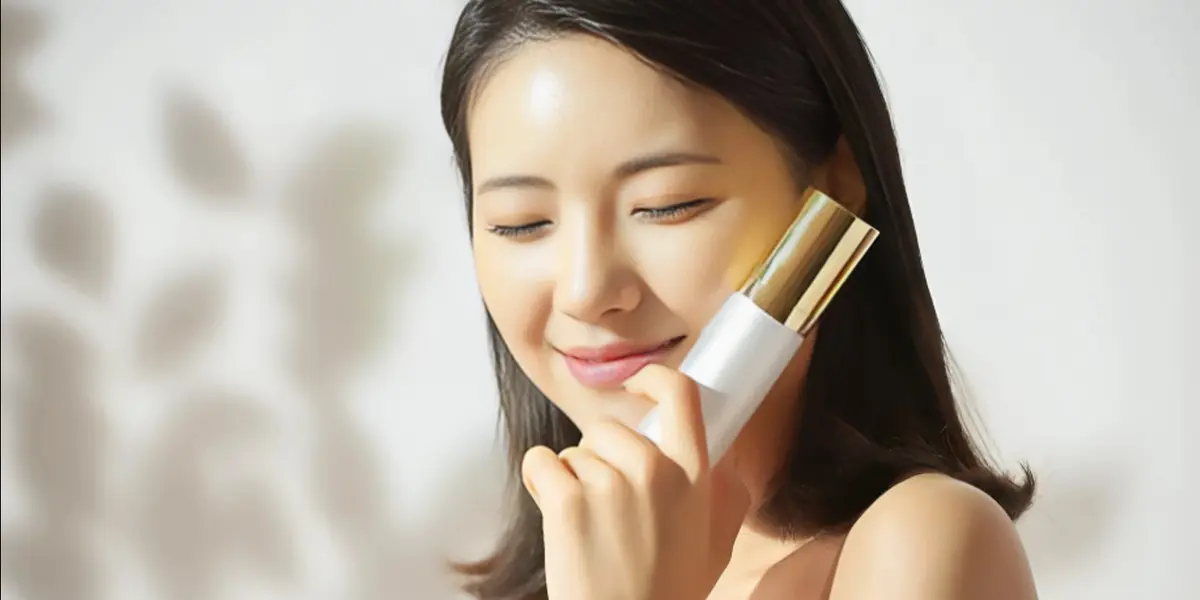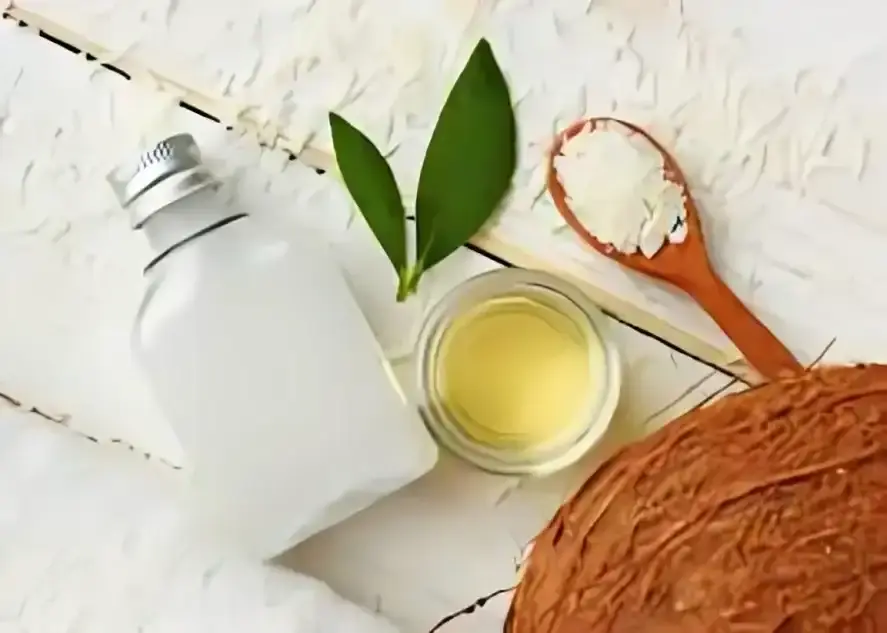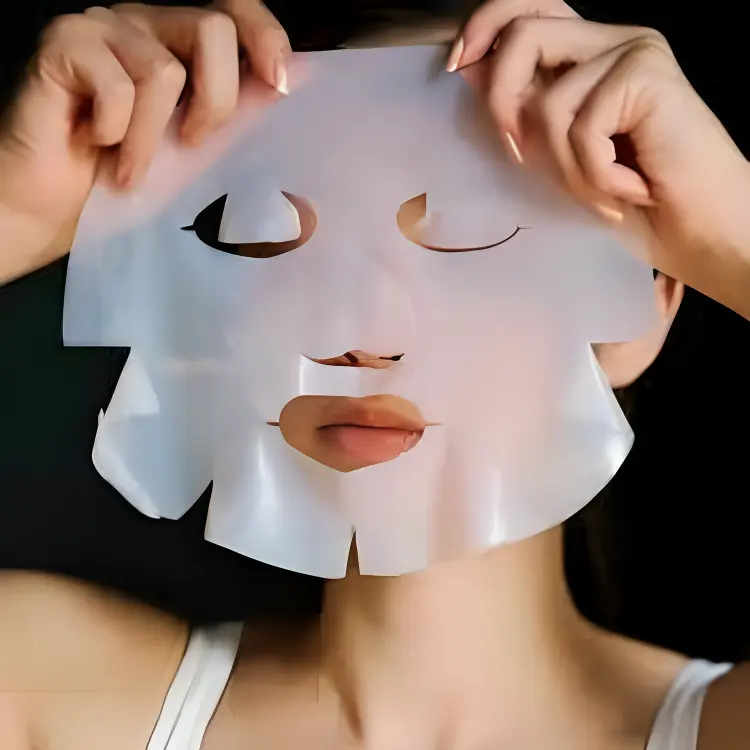The primary difference between a nighttime and daytime Japanese skincare routine lies in their purpose. Daytime skincare focuses on hydration, protection, and maintaining skin's health while preventing damage from environmental factors like UV rays and pollution. Nighttime skincare, on the other hand, is all about rejuvenation, nourishment, and repair. By catering to the skin's specific needs at different times of the day, the Japanese skincare routine ensures that your skin stays healthy, glowing, and well-cared for around the clock.
Boost Your Glow: Japanese Skin Care Routine Tips
Boost Your Glow: Japanese Skin Care Routine Tips
Blog Article
Japanese skincare has gained worldwide acclaim for its effectiveness, simplicity, and dedication to holistic well-being. This technique effectively removes impurities, makeup, and excess oil without stripping the skin of its natural moisture. If you want to boost your glow and achieve radiant skin, incorporating Japanese skin care routine techniques can transform your daily routine. Here are some essential tips to guide you on your journey.

1. Double Cleansing
Double cleansing is a cornerstone of Japanese skincare. The dual-action approach helps to dissolve stubborn makeup and excess sebum, while the second cleanse removes any remaining residue, leaving your skin refreshed and revitalized. This ensures your skin is thoroughly clean without being stripped of its natural oils.
Pro Tip: Use gentle, circular motions to massage the cleansers into your skin. This not only removes impurities but also improves blood circulation.
2. Exfoliation (But Not Every Day)
Japanese skincare values gentle exfoliation to remove dead skin cells and reveal a brighter complexion. This meticulously crafted approach emphasizes the importance of removing dead skin cells to reveal a brighter, more youthful appearance.
3. The Power of Essences
Essences are a vital step in Japanese skincare, bridging cleansing and moisturizing. This meticulously curated approach emphasizes the importance of hydration and nourishment, which are essential for achieving a radiant complexion. Look for essences with soothing and brightening ingredients like hyaluronic acid, green tea, or sake extract.
4. Layer Lightweight Products
Japanese skincare emphasizes layering lightweight products for optimal hydration. This approach emphasizes the importance of layering lightweight products to achieve a luminous complexion without the heaviness often associated with traditional skincare regimens. This layering technique ensures that your skin remains hydrated without feeling heavy or greasy.
5. Sun Protection is Non-Negotiable
Sunscreen is a daily essential in Japanese skincare, regardless of the weather. The guide highlights the significance of daily sunscreen application, regardless of the weather or season, as a critical step in preventing premature aging and skin damage. Many Japanese sunscreens are lightweight, non-greasy, and double as makeup bases.
Pro Tip: Reapply sunscreen every two hours if you’re outdoors for extended periods.
6. Beauty From Within
Japanese skincare isn’t just about topical products; it also emphasizes internal wellness. This meticulously crafted regimen emphasizes the importance of hydration, nourishment, and gentle care, utilizing high-quality ingredients that are deeply rooted in Japanese tradition.
7. Incorporate Face Massages
Facial massages are a beloved practice in Japanese skincare, promoting lymphatic drainage and improving skin elasticity. Our tips will guide you through the essential steps to achieve a luminous appearance while fostering a deeper connection with your self-care practices.
8. Embrace Minimalism
Japanese skincare focuses on quality over quantity. This comprehensive resource emphasizes the importance of simplicity and effectiveness, showcasing how a streamlined skincare routine can enhance your natural radiance.
How does a nighttime Japanese skincare routine differ from the daytime routine?
Japanese skincare routines are known for their thoughtful approach, balancing hydration, protection, and rejuvenation. This is achieved through a multi-step process that often includes cleansing, exfoliating, and applying serums rich in active ingredients. Here’s a look at how a nighttime Japanese skincare routine differs from the daytime routine and why each step is essential for healthy, glowing skin.

1. Cleansing: Double Cleansing at Night
One of the most distinct features of the Japanese skincare routine is the double cleansing method, which is typically reserved for the evening. One of the most significant differences from the daytime routine is the emphasis on double cleansing. Afterward, a water-based cleanser is used to wash away any remaining dirt or oils.
During the daytime, a single cleanse with a gentle water-based cleanser is usually sufficient, as the skin hasn't been exposed to makeup or environmental pollutants for as long.
Nighttime Routine: Double cleanse to remove all impurities. Daytime Routine: One gentle cleanse to freshen up.
2. Toning: Hydrating vs. Protecting
Toners play a crucial role in both routines, but their function shifts between day and night. This phase of the routine is crucial for maintaining skin elasticity and promoting a radiant complexion, as it prepares the skin for overnight recovery. They may have ingredients like hyaluronic acid, which helps lock in moisture.
In the evening, toners are typically more nourishing and help with skin repair. This dual approach not only enhances the skin's appearance but also supports its long-term health. Additionally, the nighttime toner may be richer, helping to replenish moisture lost during the day.
Nighttime Routine: Hydrating or exfoliating toner to assist in skin repair. Daytime Routine: Lightweight, hydrating toner for moisture.
3. Serums and Treatments: Targeting Specific Concerns
Serums and treatments in the daytime are usually lightweight and focused on protecting the skin from UV damage, antioxidants, or pollution. These products are typically richer and more concentrated than those used during the day, allowing for deeper penetration and enhanced efficacy while the skin is in a state of rest and repair. Additionally, SPF serums are commonly incorporated into the morning routine to protect against harmful UV rays.
In contrast, the nighttime routine focuses on skin regeneration and addressing issues like hyperpigmentation, fine lines, or dehydration. Treatments containing retinol, peptides, and hydrating ingredients like ceramides are often used to help stimulate collagen production and repair skin overnight when it is most receptive.
Nighttime Routine: Use of treatments that promote skin regeneration (e.g., retinol, peptides). Daytime Routine: Serums with antioxidants and sun protection.
4. Moisturizing: Sealing in Hydration
Moisturizing is a key step in both routines, but the type of moisturizer differs. During the day, the primary objective is to protect the skin from environmental aggressors such as UV rays, pollution, and other stressors. Moisturizers with SPF are common in this step to provide added protection.
At night, Japanese moisturizers tend to be more nourishing and thicker, offering a rich layer of hydration. These products are designed to penetrate deeply into the skin, delivering active ingredients that work synergistically to enhance overall skin health. These moisturizers also assist in repairing the skin’s barrier, ensuring the skin remains soft and plump by morning.
Nighttime Routine: Richer, more hydrating moisturizer to nourish and repair. Daytime Routine: Lightweight, SPF-infused moisturizer for hydration and protection.
5. Eye Care: Targeted Treatment for Nighttime
While eye creams may be used both morning and night, the focus differs. This is achieved through the application of targeted treatments that are rich in active ingredients such as peptides, hyaluronic acid, and botanical extracts. Light-textured, hydrating eye creams or gels with caffeine are typically used to de-puff and refresh.
At night, the eye care routine can include richer, more restorative creams that focus on reducing dark circles, fine lines, and wrinkles. These Japanese skin care routine often contain higher concentrations of nourishing elements that facilitate cellular regeneration while the skin is in its most receptive state during sleep.
Nighttime Routine: Rich, restorative eye cream to address fine lines and dark circles. Daytime Routine: Lightweight, hydrating eye cream to reduce puffiness.
6. Masks and Exfoliation: Intensive Care at Night
Japanese skincare routines emphasize the use of masks and exfoliation, but these are mostly reserved for the evening. During the day, the focus is primarily on protection against environmental aggressors such as UV rays and pollution. Exfoliating masks may also be incorporated to remove dead skin cells and promote a fresh, glowing complexion.
During the daytime, exfoliation is generally minimized to avoid irritation from sun exposure. Instead, gentle exfoliating products or chemical exfoliants may be used occasionally at night, helping the skin shed old cells and regenerate.
Nighttime Routine: Use of masks and exfoliation for skin renewal. Daytime Routine: Light exfoliation, if at all.

7. Sun Protection: The Most Essential Step for Daytime
In a Japanese skincare routine, sun protection is non-negotiable. During the day, broad-spectrum SPF is applied to prevent UV damage, which can lead to premature aging, hyperpigmentation, and skin cancer. SPF is typically incorporated into the moisturizer or applied as a separate step, ensuring the skin is well-protected from harmful UV rays.
At night, sunscreen is, of course, not necessary, and the focus is on repair and nourishment.
Nighttime Routine: No sunscreen needed, focus on repair. Daytime Routine: Essential application of sunscreen to protect against UV damage.